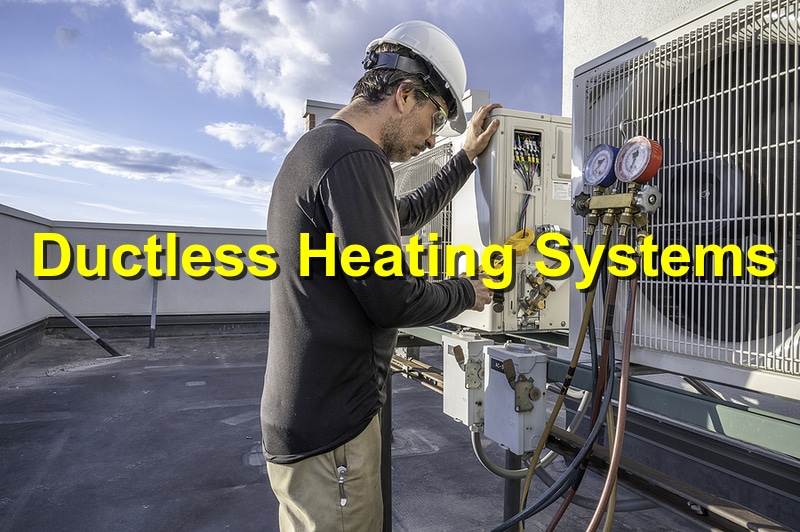When it comes to heating your home, there are various options available, and choosing the right system can make a significant difference in energy efficiency, comfort, and cost savings. Traditional furnaces have long been the go-to choice, but lately, ductless heating systems have been gaining popularity. In this article, we will explore the advantages of ductless systems over furnaces, helping you make an informed decision about whether it’s time to replace your furnace with a ductless system.
- Understanding Ductless Heating Systems: Ductless heating systems, also known as ductless mini-split systems, consist of an outdoor unit connected to one or more indoor units. These units are mounted on walls or ceilings and provide targeted heating to individual rooms or zones. Unlike traditional furnaces, ductless systems do not rely on ductwork to distribute heated air throughout the house.
- Increased Energy Efficiency: One of the primary advantages of ductless systems is their exceptional energy efficiency. Traditional furnaces often experience heat loss through ductwork, leading to wasted energy and increased utility bills. In contrast, ductless systems deliver heated air directly to the desired areas, minimizing energy loss. Additionally, each indoor unit operates independently, allowing precise temperature control in individual rooms. This zoning capability further enhances energy efficiency by avoiding unnecessary heating in unoccupied spaces.
- Enhanced Comfort: Ductless systems offer superior comfort compared to furnaces. With a furnace, the heated air is distributed unevenly, resulting in temperature disparities throughout the house. Ductless systems eliminate this issue by providing consistent heating to each individual zone. Each indoor unit comes with its own thermostat, allowing occupants to customize the temperature according to their preferences. Additionally, ductless systems offer the added benefit of providing cooling during the summer months, as most models include built-in air conditioning capabilities.
- Easy Installation and Flexibility: Installing a ducted heating system can be a cumbersome and expensive process, especially in older homes without existing ductwork. Ductless heating systems offer a simpler alternative. They require minimal construction work, as only a small hole is needed to connect the indoor and outdoor units. This makes ductless systems an excellent choice for retrofitting or heating specific areas like room additions, garages, or converted spaces. The flexibility of ductless systems also allows for easy expansion in the future, should you decide to heat additional rooms or zones.
- Improved Indoor Air Quality: Traditional furnaces can accumulate dust, allergens, and other contaminants in the ductwork, which are then circulated throughout the house. Ductless heating systems eliminate this issue by not relying on ducts for air distribution. The absence of ductwork helps maintain better indoor air quality, making ductless systems an ideal choice for individuals with allergies or respiratory conditions.
Conclusion: As you consider replacing your furnace, exploring the advantages of ductless heating systems can help you make an informed decision. With their increased energy efficiency, enhanced comfort, easy installation, flexibility, and improved indoor air quality, ductless systems offer compelling benefits over traditional furnaces. While upfront costs may be higher for ductless systems, the long-term savings in energy bills and the added comfort and convenience they provide make them a worthy investment. Consult with HVAC professionals to evaluate your specific needs and determine if replacing your furnace with a ductless heating system is the right choice for you.
References: Comfortsystems, HomElectrical

